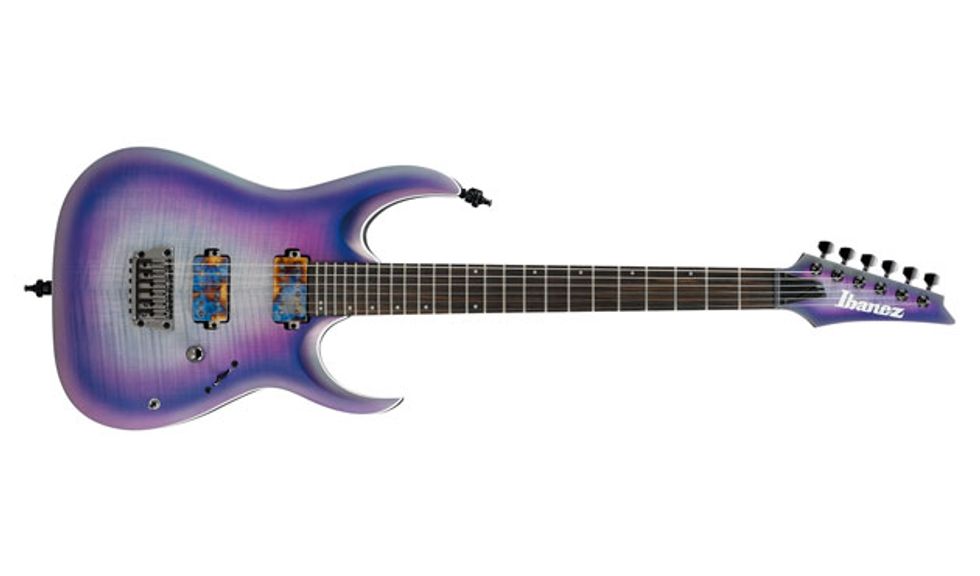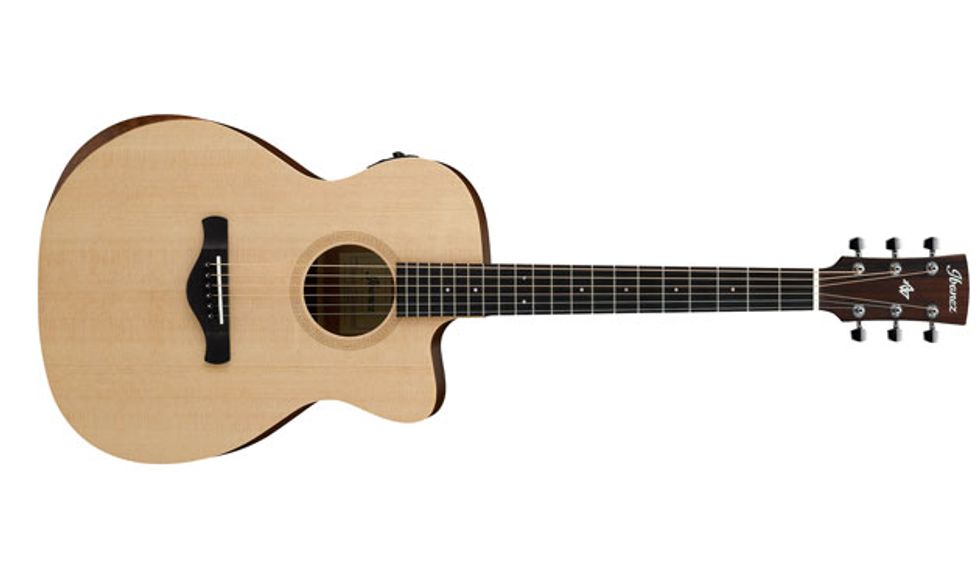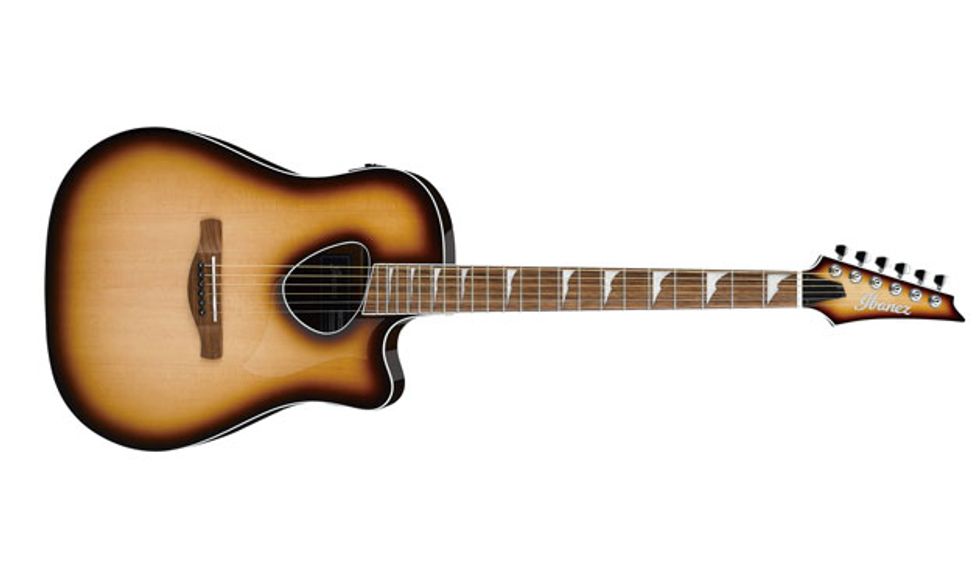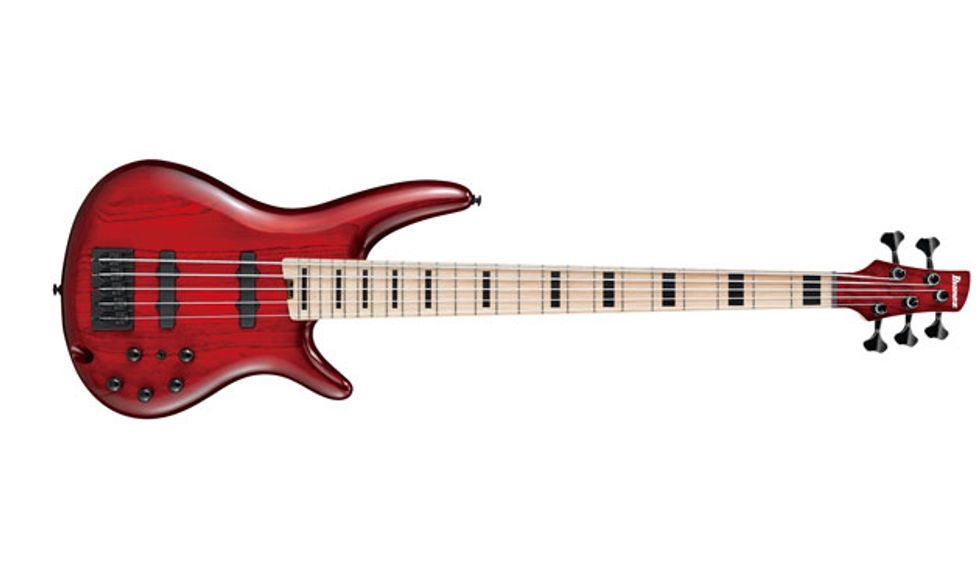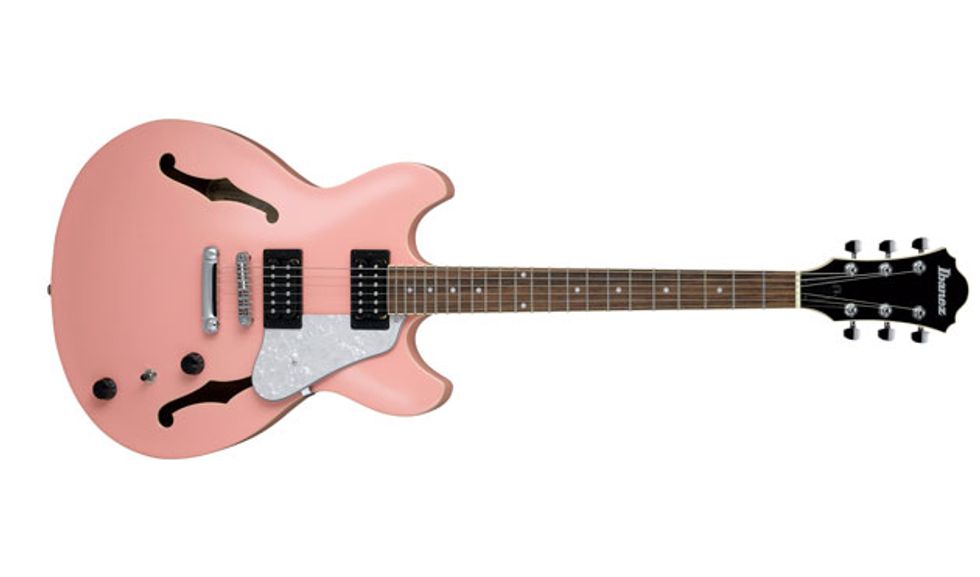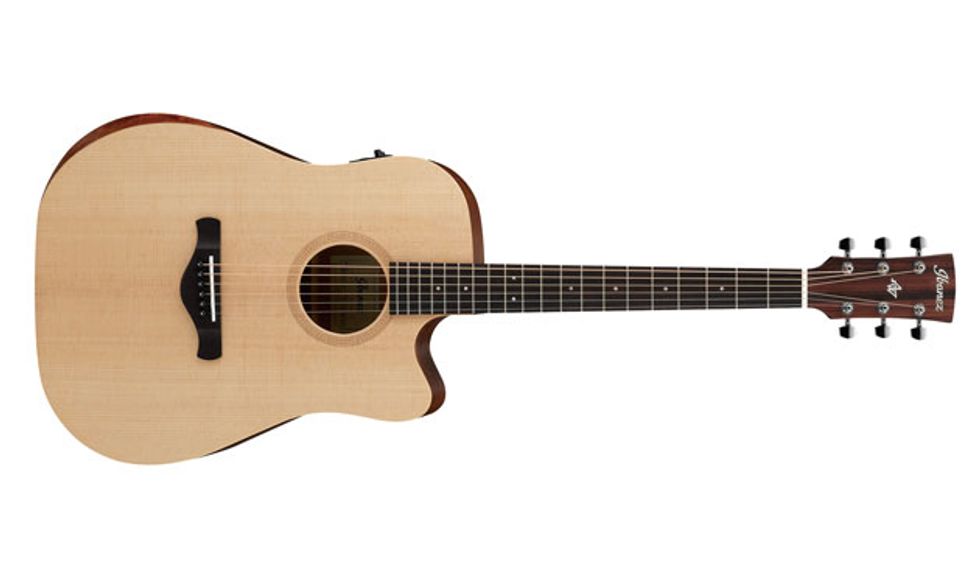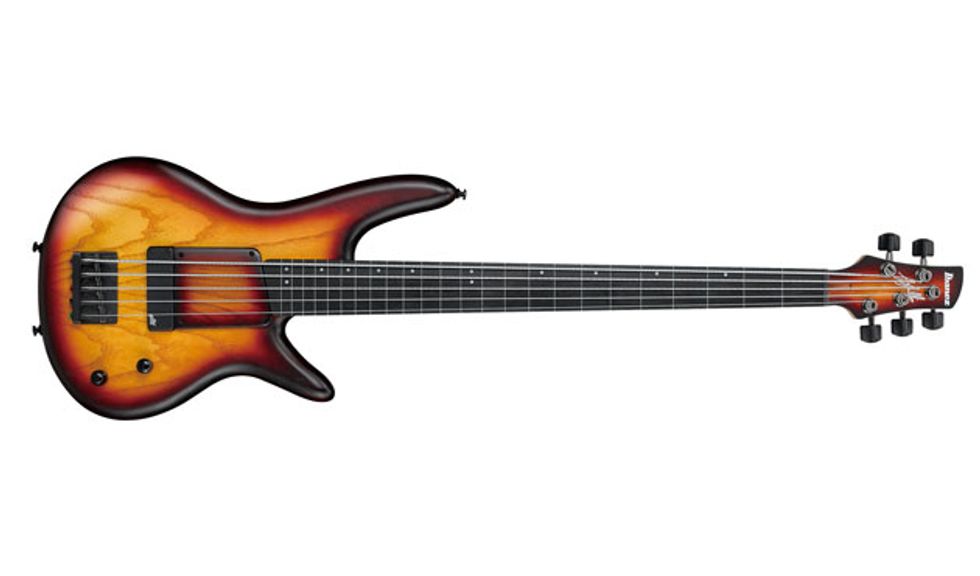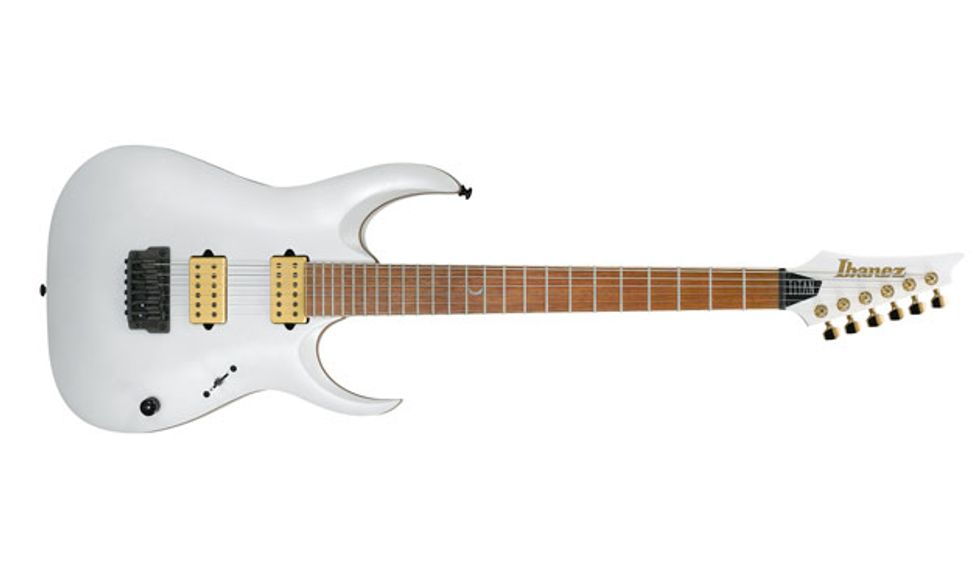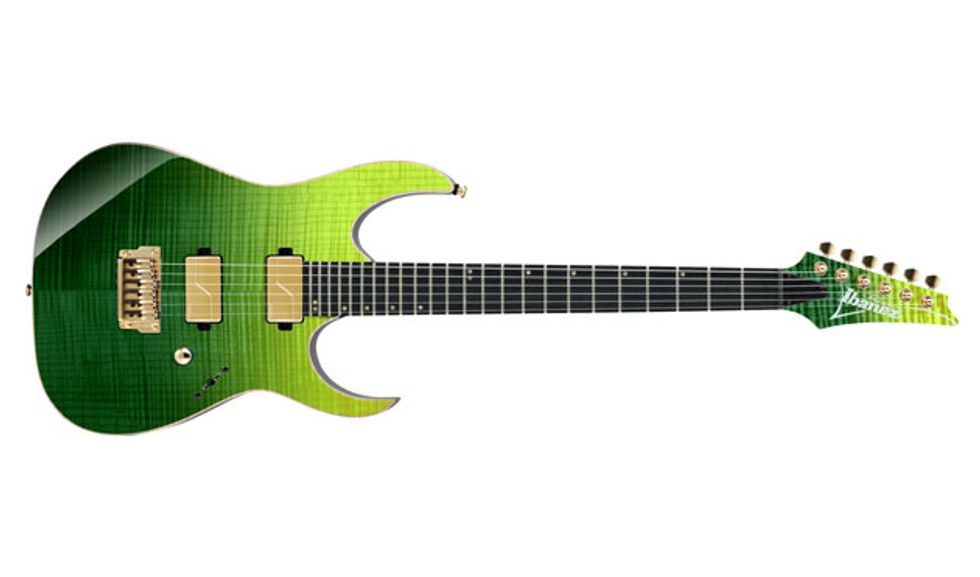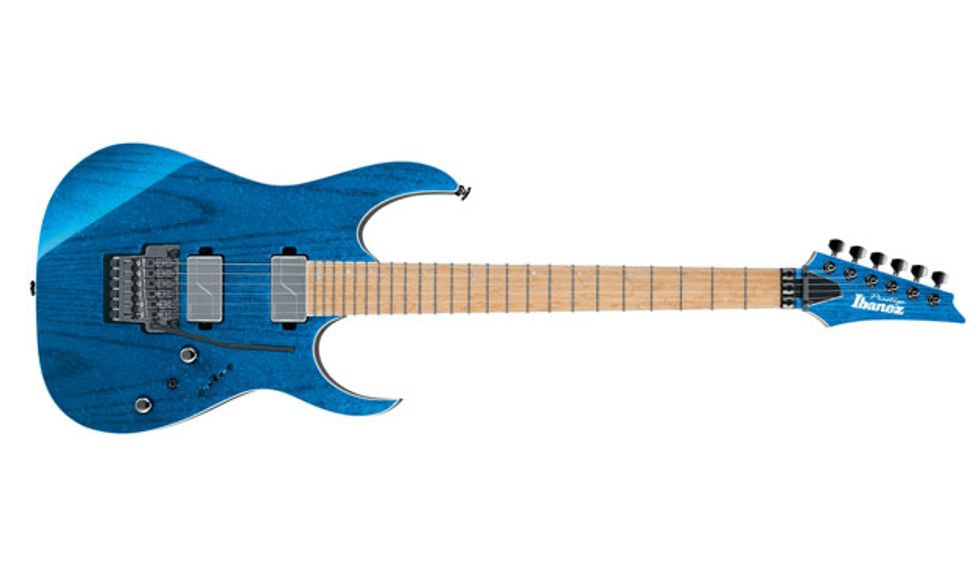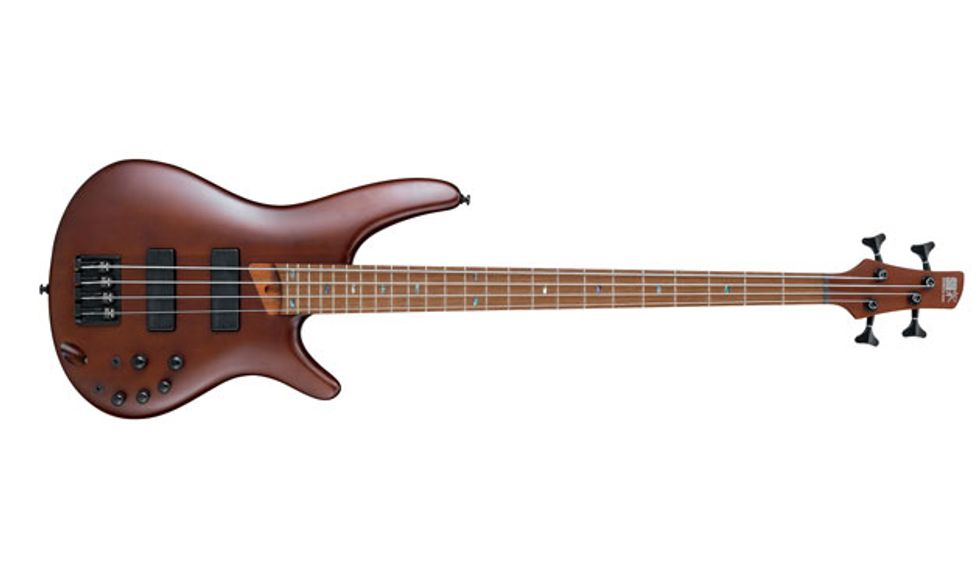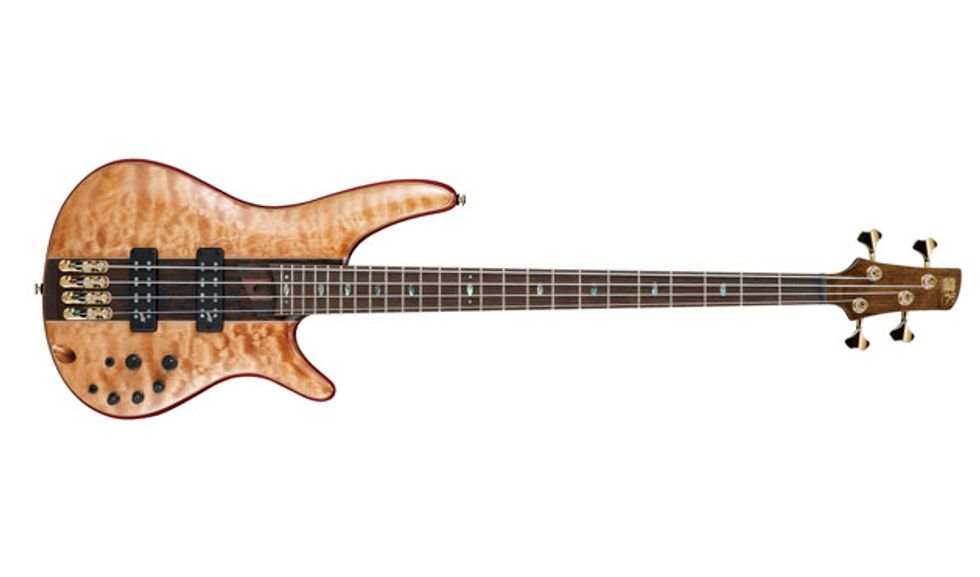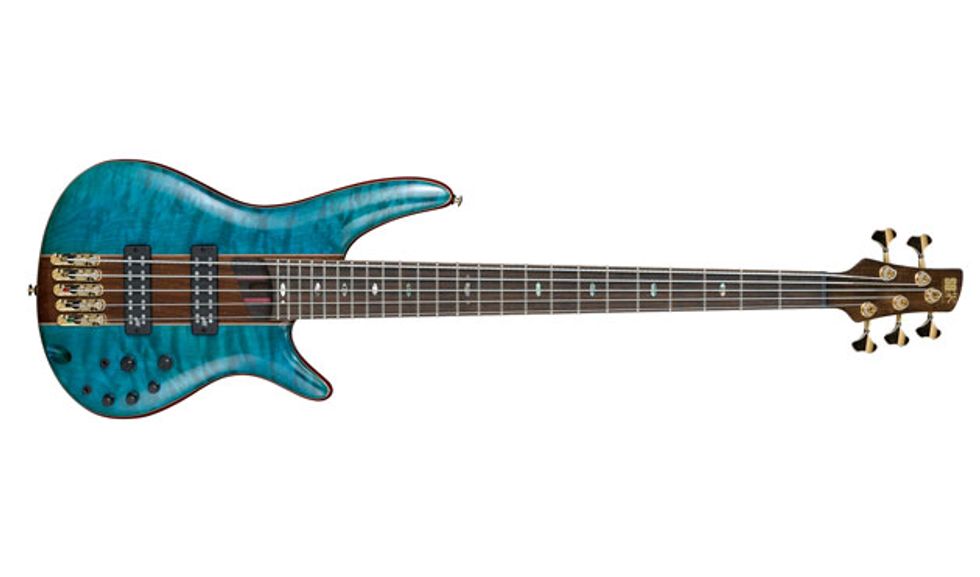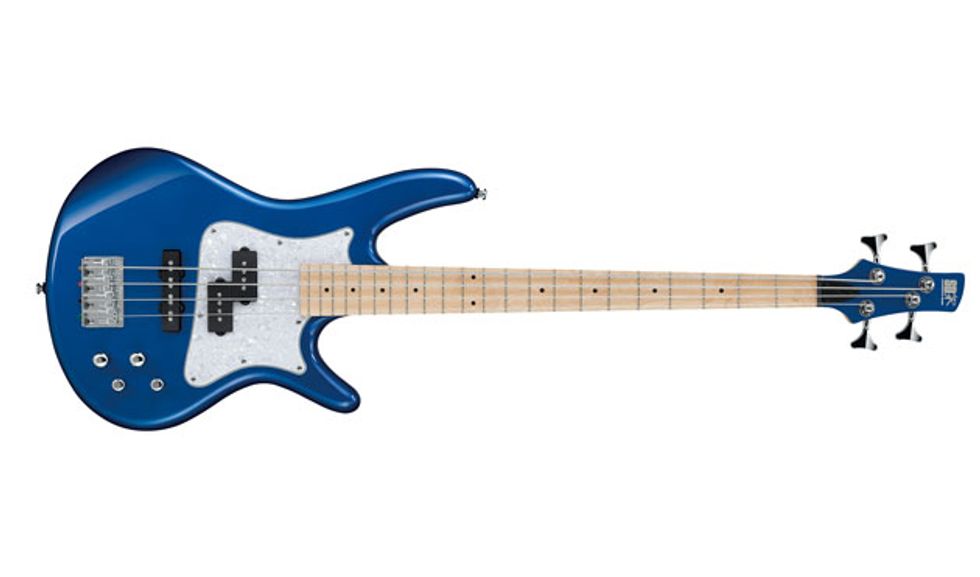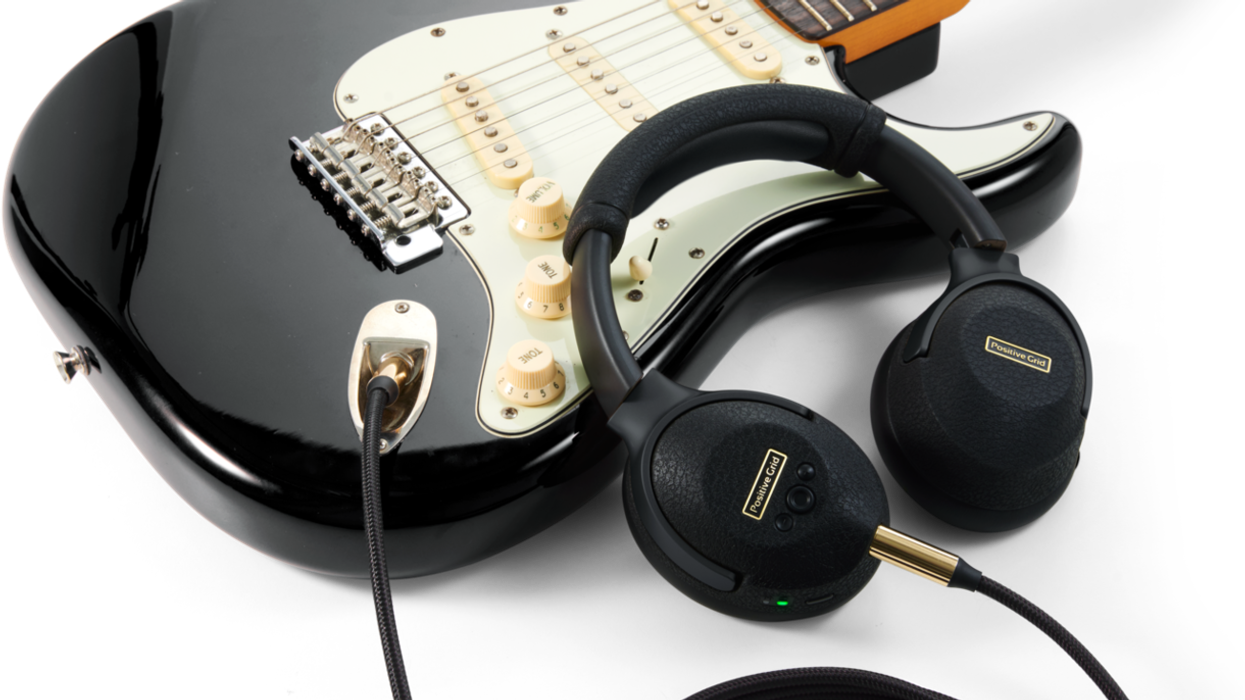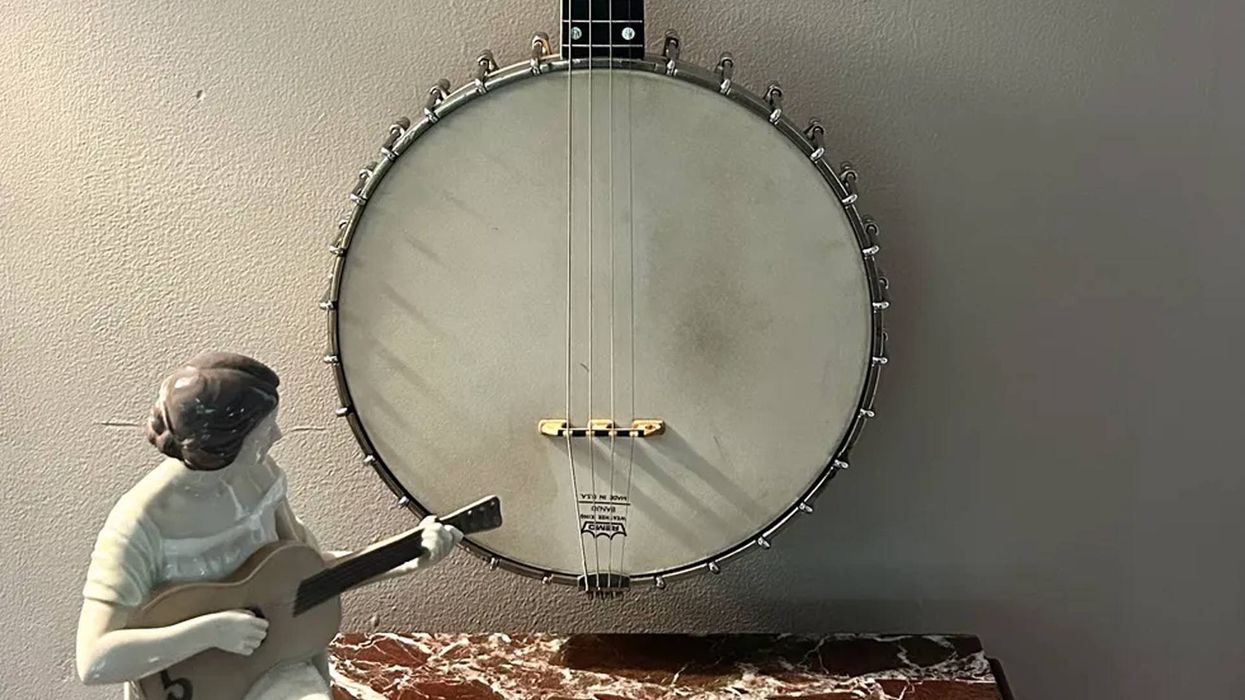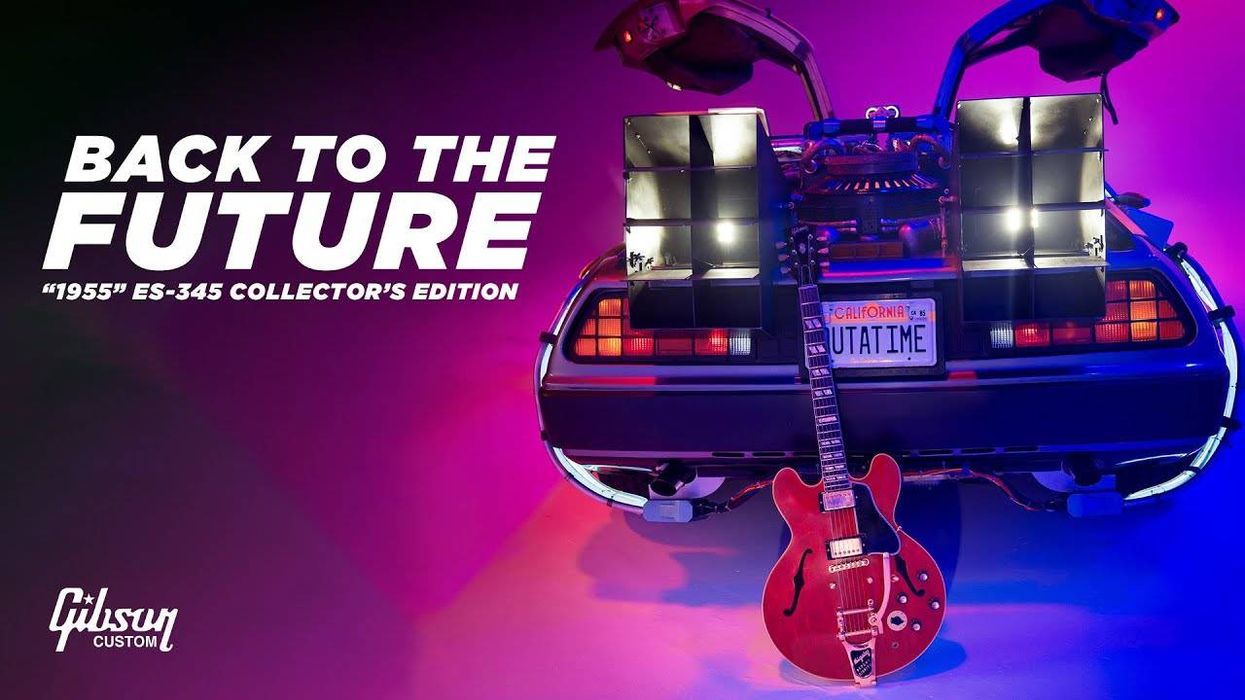Anaheim, CA (January 4, 2019) -- Ibanez Guitars recently announced a host of new models for 2019 that will be debuted at the NAMM show. Here are some highlights.
Acoustic
AC150CE
The Artwood series is the embodiment of what might be called the Ibanez “modern approach to tradition.” Cutting-edge woodworking technology enables Ibanez’s luthiers to reproduce the sophisticated bracing techniques of one-of-a-kind instruments of yesteryear. While tradition is obviously the hallmark of the Artwood series, Ibanez’s decades-long search for the ultimate in acoustic tone has contributed to design alterations that give Artwood a voice all its own. The Grand Concert body shape of the AC150CE, along with the solid Sitka Spruce top, delivers player comfort along with an enormous frequency range that offers wave after wave of shimmering highs along with tight mids and a full-bodied low end.
LIST: $599.99
Altstar Line
Ibanez is proud to introduce the Altstar series of acoustic guitars. Modeled in the image of the quintessential Rock & Roll sprit, the AltStar is an acoustic guitar with the soul of its electric cousins, not only visually, but in design as well. The idea was to build an instrument for players who may have just started playing electric guitar, but want to explore the world of acoustics but maintain a familiar feel while doing so. Every Altstar has a Spruce top, Sapele back and sides, and a Maple neck topped with a Laurel fingerboard, combining to generate a bright and present tone. The Altstar also comes equipped with an Ibanez AEQ2UT on-board preamp and an onboard tuner, making it more than capable in a live performance situation.
List: $449.99
Basses
SR500E, SR505E, SR505EL, & SR506
These feature an Okoume body which offers a warm and fat low end. The thin, sturdy and stable Jatoba/Walnut neck offers superior playability when combined with the extended neck joint, making the upper frets easily accessible. These basses are equipped with Bartolini® BH2 pickups in a dual-coil style configuration with a lower resonant frequency, providing a balanced, warm response with a tighter bottom end and a fuller midrange. The Ibanez Custom Electronics 3-band EQ features a 3-way mid-frequency switch, allowing for precise tonal control (250 Hz, 450 Hz, and 700 Hz) and an EQ bypass switch for passive-only operation. When the EQ bypass is activated, the treble tone control knob becomes the global tone control for the passive circuit. The B500 bridge (B505 & B506 on 5 and 6 string) has adjustable saddles for string spacing adjustments, answering every bassist’s individual string spacing demands, no matter the playing style. The saddles can be adjusted +/-1.5mm, and the neck-joint truss rod access allows for quick and easy neck adjustments. The SR Series continues to satisfy the vast needs of bass players, exciting them with the SR’s smooth and fast neck, lightweight body and perfectly matched electronics.
SR500E - List: $866.65
SR505E - List: $933.32
SR505EL (Left Handed) - List: $999.99
SR506 - List: $999.99
Watch the company's video demo:
Gary Willis 20th Anniversary Signature Bass
It has been two decades since Ibanez introduced the first Gary Willis Signature bass, the GWB1, in 1999. We are extremely pleased to introduce the Gary Willis signature anniversary model, the GWB20TH, to celebrate our long and fruitful relationship. The GWB20TH is full of of Gary’s signature details such as a fretless fingerboard, finger ramp and special shaped machine heads. On top of those familiar GWB features, this anniversary model is unique unto itself. The Ash top/Basswood body provides sparkling highs and a well-balanced tone. Additionally, the beautiful TQF (Tequila Sunrise Flat) finish enhances the gorgeous Ash grain.
LIST: $1,599.99
Adam Nitti ANB205 Signature 5-String Bass
Ibanez is proud to introduce Adam’s stunning new signature bass, the ANB205. The ANB205 has a lightweight Swamp Ash body which produces sparkling highs and rich harmonics. The back side of the lower horn has an extra scoop, borrowed from the Ibanez SR’s body shape, which enables easier access to higher fret positions without stress. The Maple neck and fretboard provide crisp, bright highs and strong upper midrange.Adam selected Bartolini 59CBJD pickups for his new signature bass. These “Classic Bass” pickups are passive designs that feature an extended and more resonant frequency range. The pickups have far more “air” and definition at the top end without sacrificing lows and low mids.
LIST: $2,666.65
Electrics
Axion Label RGA61AL-IAF
The new Axion Label series is designed for metal, but offers exciting possibilities for any adventurous players after a next-level axe. Axion Label Guitars feature forward-thinking designs in sound, playability, and looks that take your performances to new heights. Arm yourself with the Axion Label and get ready to break some new ground. The RGA61AL-IAF features a Flamed Maple top with Nyatoh body in a new stunning Indigo Aurora Burst Flat finish, giving the model an otherworldly color scheme. The Macassar Ebony fretboard provides a tight low end with quick response and the extremely rigid, super-thin and ultra-playable Nitro Wizard 5-piece Panga Panga/Walnut neck substantially increases sustain. The Sub-Zero treated frets can stand up against the hardest riffing and string-bending. The luminescent side dot inlays make it easy for players to perform on dark stages and match the dazzling luminescent Ibanez headstock logo. Bare Knuckle Aftermath pickups deliver a bright and wickedly expressive tone, transmitting a quick bottom-end response for picking and fast riffing along with a dynamic midrange and precise high-end articulation. The coil-tap switch unleashes the Aftermath pickup’s full output (for a modern voice) or a lower output signal (for a vintage tone). The Gibraltar Standard II enables the optimal transfer of each string’s vibration. The Gotoh® locking tuners provide tuning accuracy and allow for quick, efficient string changing and the Schaller S-Lock strap lock pins hold a strap securely but make it easy to put the strap on and take off quickly. The RGA61AL-IAF represents a new level performance for the modern guitarist.
LIST: $1,791.10
Watch the company's video demo:
RG5120M Prestige
The Prestige series employs a combination of cutting-edge manufacturing techniques and old-world Japanese craftsmanship. The 2019 Prestige lineup adds something new to attract the contemporary players who are always seeking something new. Develop your range, tone and technique with these new high-performance Prestige guitars. To create guitars that are truly exceptional, Ibanez carefully developed the new modern specifications of the new RG5000 series. This line features Stainless Steel frets for a bright tone, long durability and smoothness, a rigid 5-piece Maple/Wenge neck; a beautiful wood grain fretboard, Made-in-Japan Luminlay side dots and the most cutting-edge pickups.
List: $2,533.32
Watch the company's video demo:
Artcore Vibrante Series
Full of good vibes and vitality, the Artcore Vibrante brings another bold flavor to the long-established Ibanez hollow-body Artcore series. Vivid in both color and tone, the Artcore Vibrante (Spanish for Vibrant) offers a unique take on the typical semi-hollow body image. The AS63 features a standard semi-hollow body construction that generates a a warm, full tone without any feedback. The Ibanez AS63 is the most simplified model the AS series has to offer, bringing the joy of owning a quality semi-hollow guitar to everyone for an amazingly affordable price. The combination of its lively appearance, white dot inlays, and a pearloid pickguard produces a unique visual theme that ties in well with the classic body shape. The AS63 unites function and eye-grabbing looks to offer a great choice for any guitarist.
List: $482.21
Watch the company's video demo:
For more information:
Ibanez
